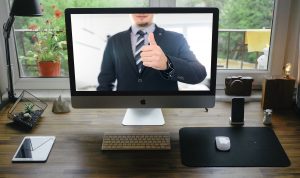
As we look into what the workplace will look like post-coronavirus, the reality for many employers may involve supporting a geographically distant workforce. Some employees may be returning to an on-site work location, while others will be working remotely longer-term, or even permanently.
Teams comprised of both remote and on-site employees may not only be the current reality—but the new normal. The expansion of remote work affects each organization uniquely, and employers can consider what actions may help bridge the gap between all employees.
The Expansion of Remote Work
Consulting firm PwC conducted a study of current use and preferences toward remote work, surveying both executives and employees impacted by their employers’ choices. In response to the COVID-19 pandemic, many employers expedited their remote work practices—often, within a matter of weeks. Results from executives surveyed found that:
- 73% deemed their COVID-19 remote work adaption successful.
- 55% planned to extend their work-from-home policies for at least one day a week.
- The number of organizations that engaged in remote work increased by 39% during the pandemic.
Many employees hope to engage in remote work post-coronavirus as well, with the same survey reporting that 72% of workers would prefer to work at least two days a week remotely. The expansion of remote work means that many organizations are now transitioning from short-term remote work to a a mix of on-site and remote work for the foreseeable future in an effort to optimize employee experience and effectiveness.
Most organizations have norms in place for on-site employees and now need to adapt to a mirroring set of standards for those working remotely. Organizations should plan for a new sense of normalcy—it won’t be the same work environment that was left behind pre-coronavirus.
Meeting the Need of Both Remote and On-site Employees
The current employment market values stability, flexibility and safety. While remote employees often reap the benefits of having increased flexibility and an ability to prioritize safety, they face their own unique challenges—such as a lack of social interaction and a lack of common knowledge and information. Likewise, on-site employees seek to be part of a safe workplace, and often crave flexibility. In the current climate, organizations have challenges pleasing both on-site and remote employees. Employers can consider steps to meet the needs of all employees while standardizing business practices to help bridge any gaps.
Bridging the Gap
As employers consider how to engage both remote and non-remote employees, there are ways to help bridge the gap. When doing so, considerations include:
- Create an open chat—Chat tools, such as channels within Microsoft Teams and Slack can facilitate dialogue open to both remote and on-site employees. Channels can be created for efficient work-related communication—or even as a way to replace water cooler conversations and help build comradery within teams.
- Plan for remote-friendly meetings—Remote employees attending a meeting via a conference line or video platform can be just as active as those sitting in the chairs in the conference room. However, meeting leaders and participants should be deliberate about including all members. At the beginning of a meeting, be sure to introduce participants joining remotely, and ensure you give each participant a chance to share their thoughts or ideas on topics discussed during the meeting.
- Consider all employees when conducting workplace planning—As your organization considers changes, always consider how any decisions will impact all employees, including both on-site and remote talent.
- Be transparent about remote work expectations and decisions—There are a variety of reasons why some employees may be expected to work on-site while others are granted the opportunity to work remotely. By being transparent about the purpose and business need of any decisions, employers can facilitate a friendly and open environment for distant teams to effectively collaborate, rather than building gaps between an organization’s leaders and their base of employees. There is an array of reasons why an employee may be designated to work remotely, stay on-site or work a mix of both. Still, employers can build trust with their base of employees by displaying a level of transparency when announcing expectations.
Every organization has a unique base of employees, and appropriate steps will vary. As your organization rolls out changes, consider how you can effectively communicate with all employees.
Communicating Effectively
Likely, the coronavirus has impacted your workplace, and each employee. As initiatives are launched and changes are announced, strategically planned communications can help receive buy-in from employees. Any workplace changes can make a significant impact on the day-to-day life of hard-working employees, and organizations should be thoughtful about how they create necessary changes.
As your organization addresses the impacts of COVID-19, ensure that your ethos for internal communications acknowledges the challenges that employees face daily—but also transparently explains the rationale for how any decisions best serve the interest of the stakeholders of your business, including employees. Employees appreciate transparency, and this acknowledgment can help establish rapport during challenging times.
Supporting All Employees
Efforts will look different for every organization, but proper measures can help bridge the gap between employees. Consider initiatives that work for your organization, and contact Anastasi Insurance Agency, Inc. for additional resources regarding the remote workplace.

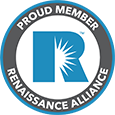

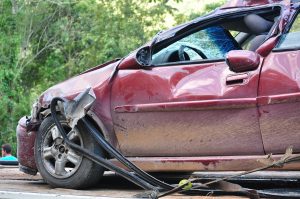
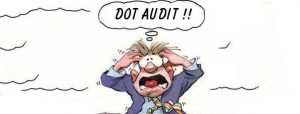
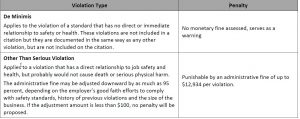
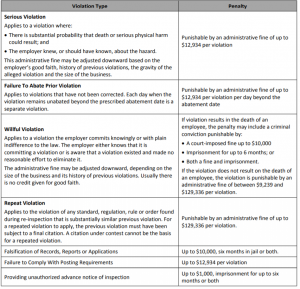
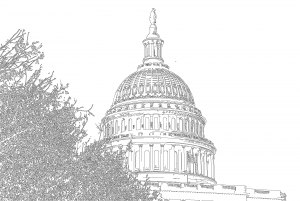 principles for updating restrictions that were originally put in place to slow the spread of the coronavirus.
principles for updating restrictions that were originally put in place to slow the spread of the coronavirus. Constructed Property Extension
Constructed Property Extension
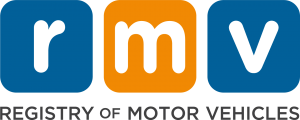
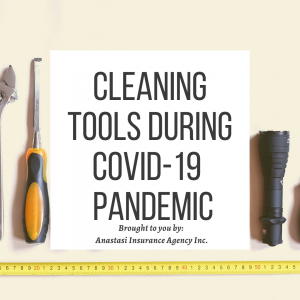 tools and equipment after each use.
tools and equipment after each use.